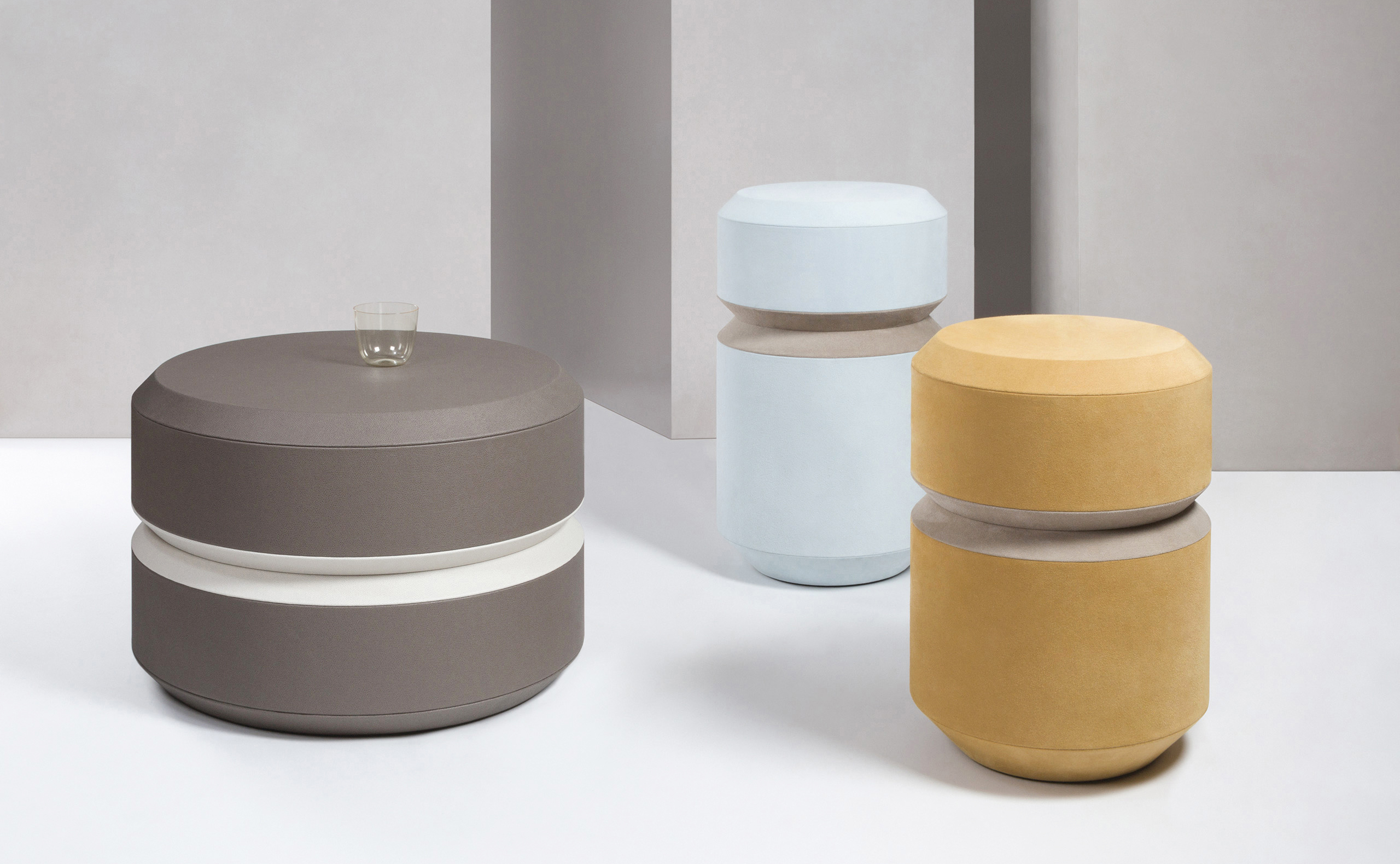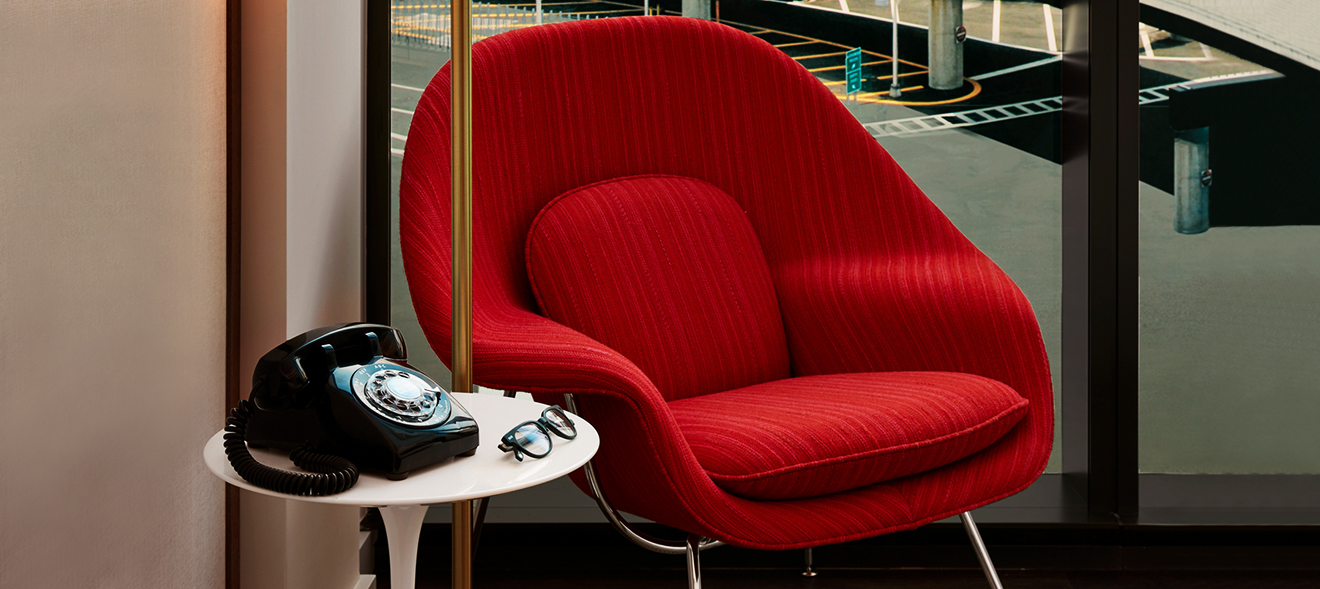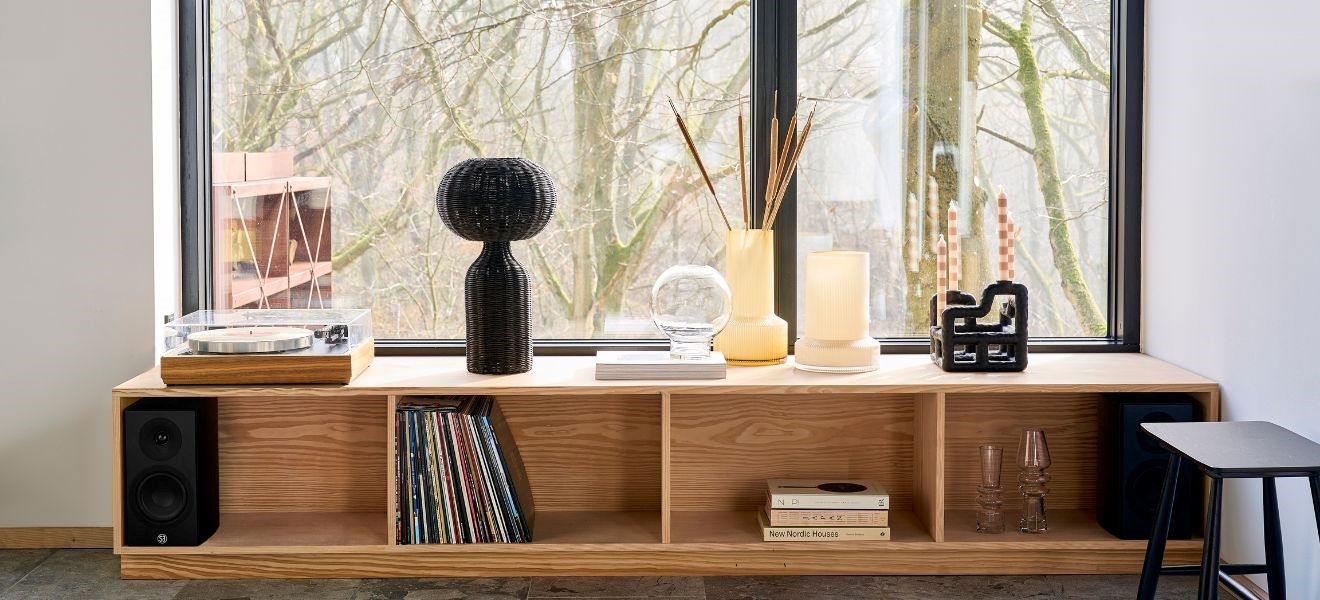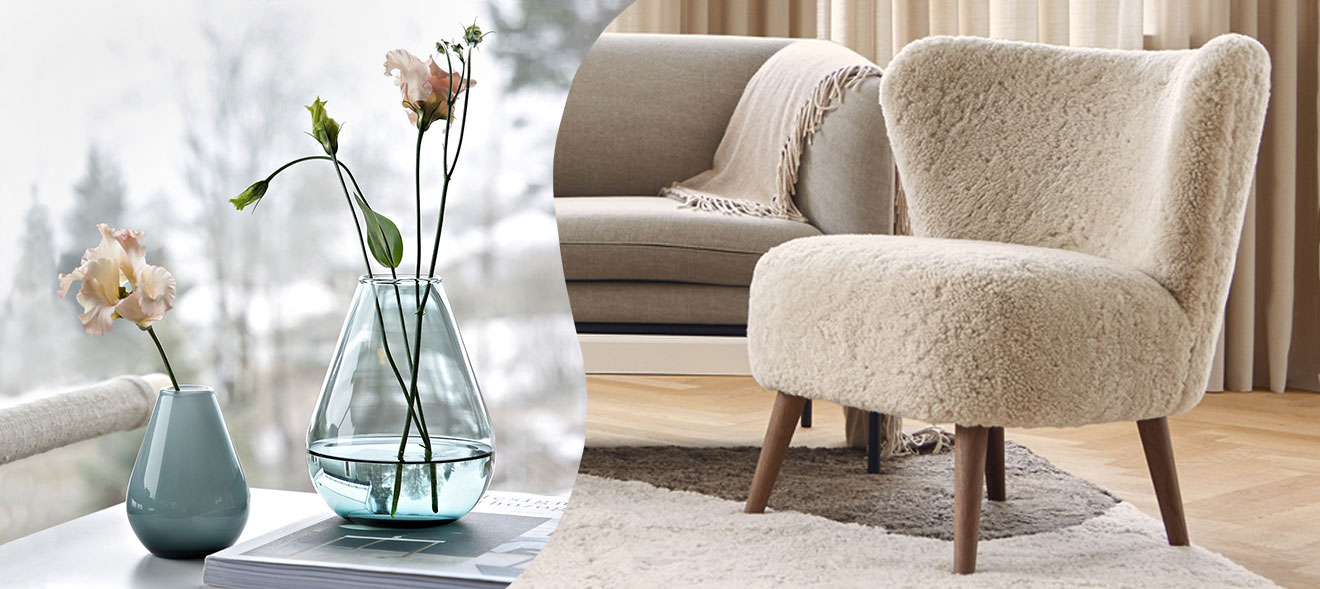The war was over, life was easier, we had landed on the moon and were reaching new heights – in the 1960s, anything seemed possible. This was expressed in the designs of the time, as playful and futuristic furniture brought a rainbow of colours to transform whole rooms into new worlds. Now all that old future promise is back: we explore the rebirth of retrofuturism.
The TWA Hotel at New York’s JFK airport opened with a great fanfare in the spring, and guests felt the golden age of aviation had landed once again. This striking former terminal building, whose interior was designed as a coherent whole by Eero Saarinen, opened in 1962. It has now been restored to its former glory. Our eyes follow the great sweeping curves and absorb the rich colours reflected not only in the architecture, but also in the bright chilli-red upholstery. The staging is cinematic, making this hotel New York’s latest hotspot – although the building barely looks any older than it did 50 years ago.


2 Clock by Acctim
3 Wall Art by Triboa Bay
4 Robot by Blechfabrik
5 Chair by Rosenthal
6 Vase by Broste Copenhagen
This anachronistic nostalgia provides the latest example of a trend now resurfacing in interior design, at a time which (in the past) was deemed to be the future: this is retrofuturism. Long-gone visions from a distant past are embodied by rounded furniture and organic living spaces, galactic light fittings, metal wall panels and accessories such as these tin robots. The items might be true ‘60s children’, or simply pieces which capture the 60s spirit. They include a cognac-coloured Hold chair by Thomas Probst for Rosenthal and a Meta wall clock by Acctim, which harks back to George Nelson’s iconic timepieces from the 50s and 60s. Matt Novak, who explores past visions of the future in his blog ‘Paleofuture’, explains: “After the end of the 2nd World War there was a general feeling of great optimism. Everyone wanted refrigerators and the new consumer goods. The ads from this period were selling people a better future.”

Dream of a better world
According to Novak, all the designs during that era were based on dissatisfaction with the status quo. At the time, the mass media were just emerging and were responsible for promoting extravagant, entertaining lifestyle objects. This phenomenon is now repeating itself on the internet, where even small accessories such as metallic notebooks and rocket-shaped egg cups are making a big splash. “Analog locations must work hard to keep up with the digital world,” says Werner Aisslinger, who designed the newly opened 25 hours Hotel ‘The Circle’ in Cologne. Its lobby looks more like a spaceship than a hotel, with a ribbed circular ceiling resembling a giant turbine. This 1966 building previously housed the headquarters of an insurance firm.


2 Eggcup by Sebastian Frank
3 Cocktail Shaker by Jeray/Original Products
4 Sidetable by Pin Jang
2 Eggcup by Sebastian Frank
3 Cocktail Shaker by Jeray/Original Products
4 Sidetable by Pin Jang
Aisslinger says: “We’re embracing the age of utopias, the 1950s and 60s enthusiasm for technology, people’s dreams of a better future and of life on Mars.” These were the years of the economic miracle, and Verner Panton designed whole living-room landscapes which reflected the joie de vivre that went with it. His Panton chair is still among the bestselling items made by Vitra, and Danish producer Montana recently revived the Pantonova seating range – as used by the Bond villain in ‘The Spy who Loved Me’.

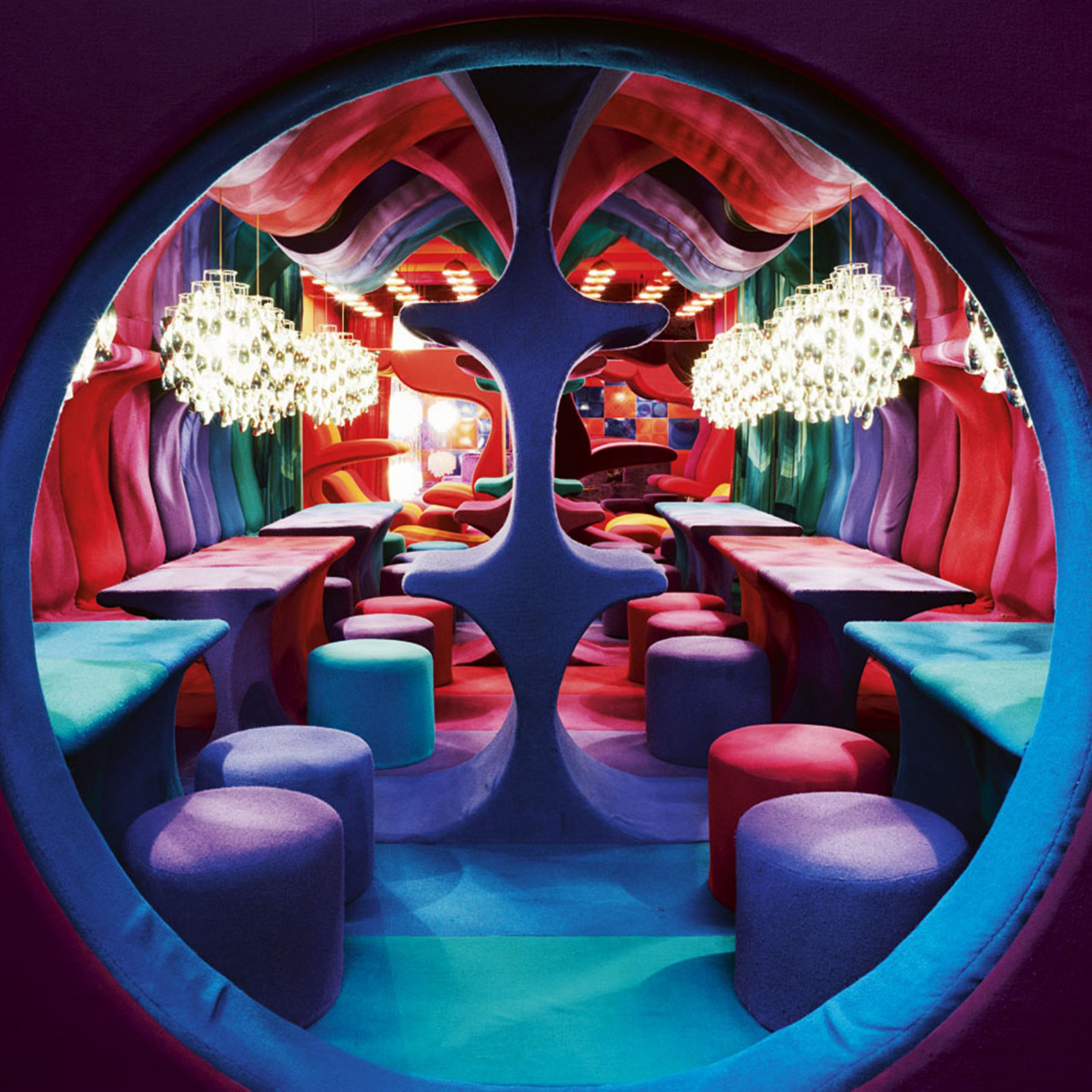
New places to work, live and feel good
Other futuristic designs from period Bond films, by designers such as Pierre Paulin and Bodil Kjær, are being revived after decades in obscurity. Benjamin Paulin, who now produces the furniture designed by his father Pierre, says: “Futuristic films like Ironman and The Avengers still use my father’s designs. It’s interesting: the vision of our future doesn’t seem to have changed since the 60s, and we don’t expect it to change in the next few decades.” Paulin believes that particularly in turbulent times, people long for the optimism of a past age.

2 Lamp by Piffany
3 Mirror by Tre Product
4 Stool by Umbra
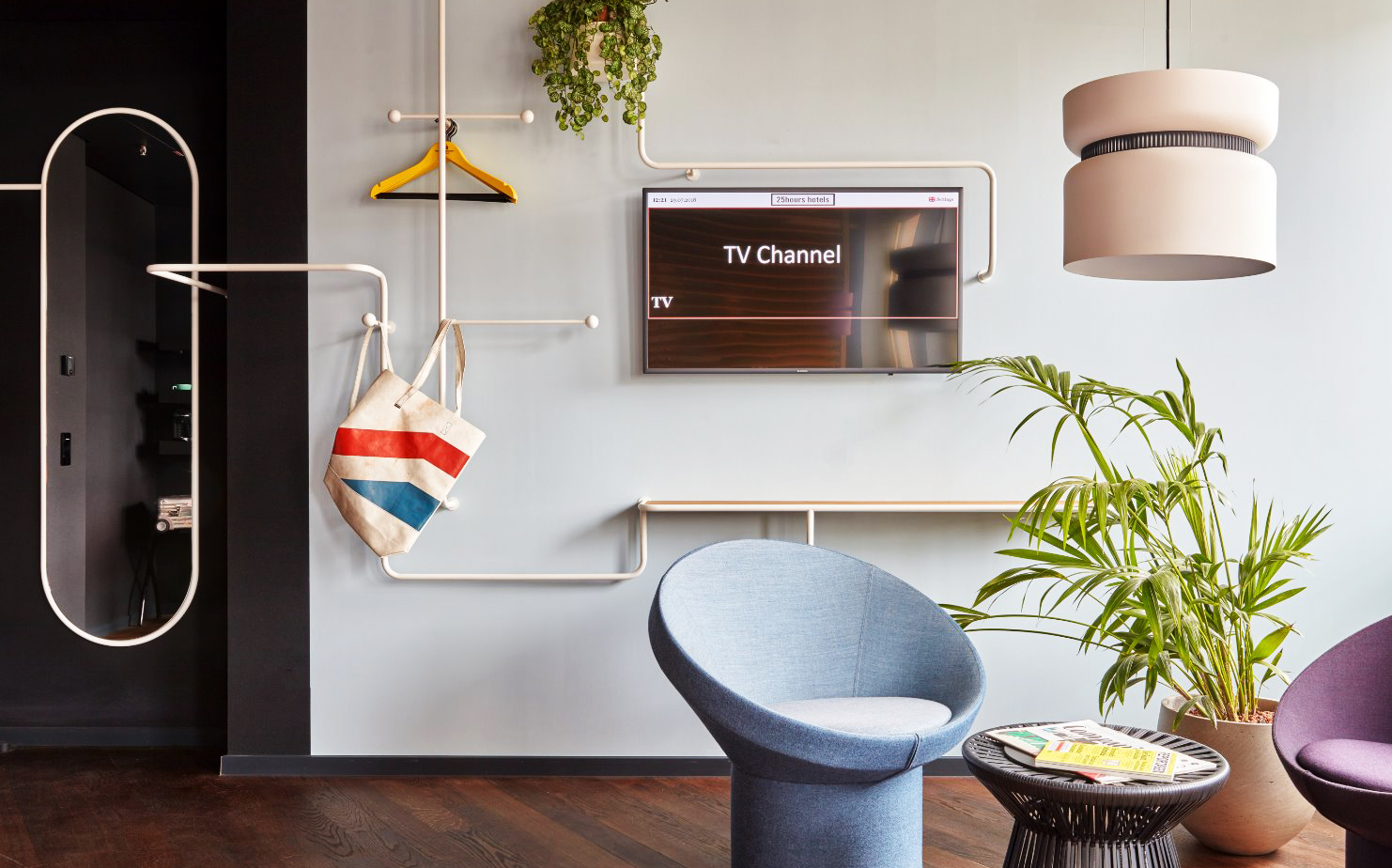

Although this furniture may make us wish for a future that seems forever just around the corner but always just out of reach, visionary 1960s designers got one thing right: we do live in the worlds they designed, but we live differently to the way they imagined. In the lounge at the TWA Hotel you’ll find an Olivetti typewriter, in the bedrooms there are telephones with real dials; Acousticbox’s Elegance speakers look like old-fashioned gramophones, while Flam & Luce’s Doelan lamp resembles something from a 1960s Bond film.
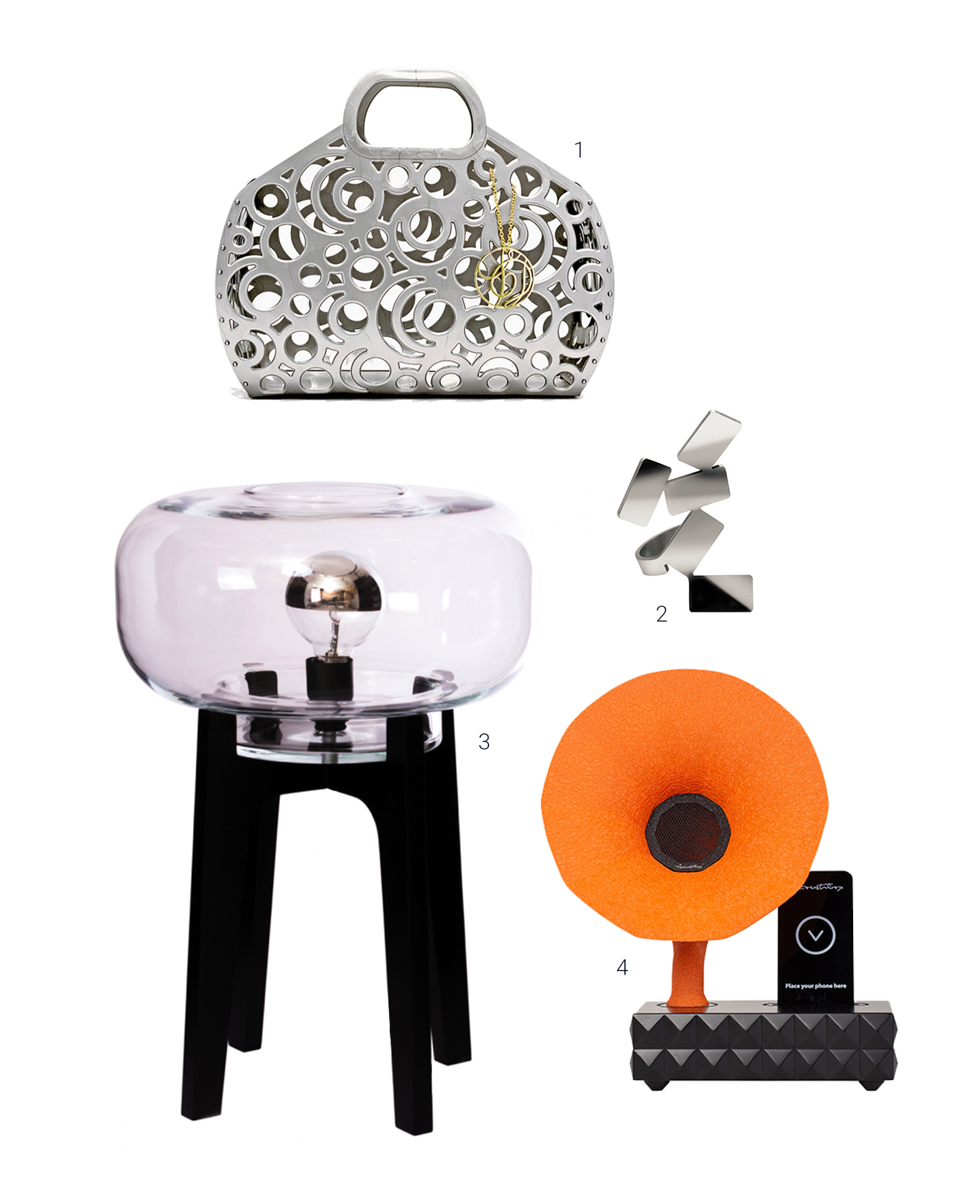
2 Ring by Alessi
3 Lamp by Flam & Luce
4 Speaker by Acoustibox
Populating our environment with stand-out hi-fis, typewriters and retro lamps is more nostalgic than forward-looking, since we no longer need these objects (or at least can conceal the technology much more neatly). We long for a time when everything seemed possible and the future promised to be glorious: a time when we could escape the uncertainties of the present. Werner Aisslinger explains: “The whole world of work and office environments will change. Factory production will be increasingly automated, and anyone who still has a job will be working in new, efficient places that promote well-being.” What will these places look like? “That’s for us to decide.” Perhaps the ‘future’ living environments of the past will help us along the way: they are comfortable, playful and stimulating.
